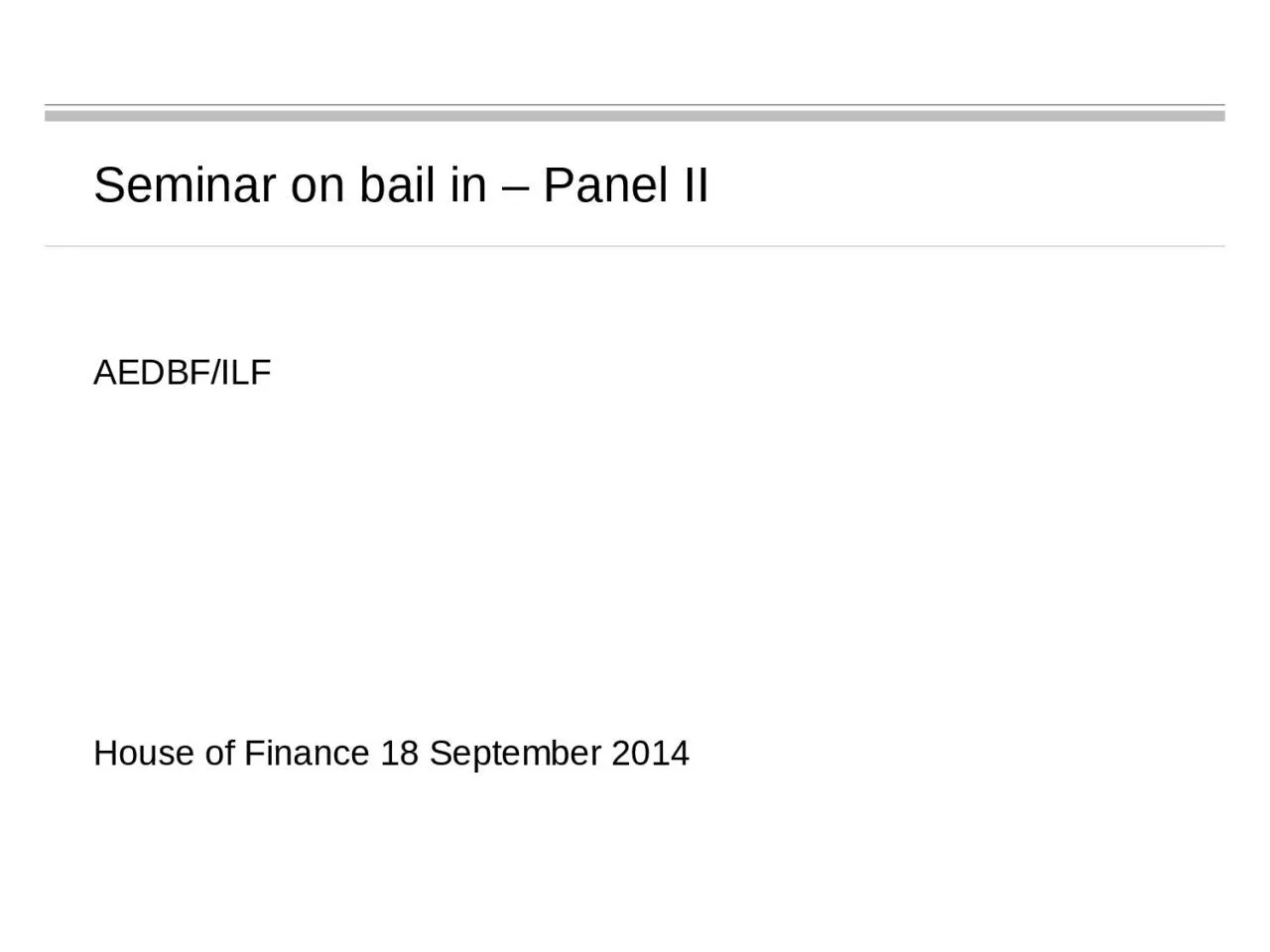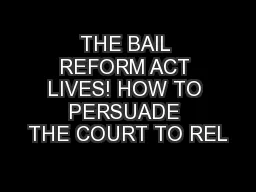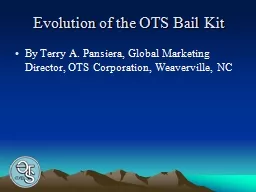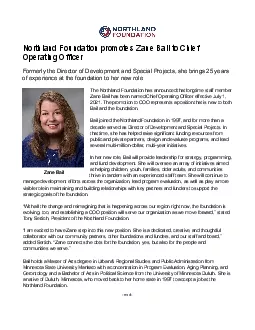PPT-Seminar on bail in – Panel II
Author : elyana | Published Date : 2024-01-03
AEDBF ILF House of Finance 18 September 2014 Overview and Introduction to Panel II Moderator Dr Sven Schelo Linklaters LLP Overview over bail in tool bail
Presentation Embed Code
Download Presentation
Download Presentation The PPT/PDF document "Seminar on bail in – Panel II" is the property of its rightful owner. Permission is granted to download and print the materials on this website for personal, non-commercial use only, and to display it on your personal computer provided you do not modify the materials and that you retain all copyright notices contained in the materials. By downloading content from our website, you accept the terms of this agreement.
Seminar on bail in – Panel II: Transcript
Download Rules Of Document
"Seminar on bail in – Panel II"The content belongs to its owner. You may download and print it for personal use, without modification, and keep all copyright notices. By downloading, you agree to these terms.
Related Documents














